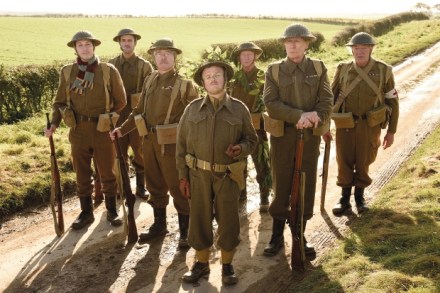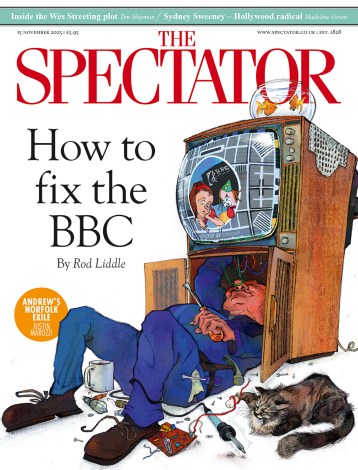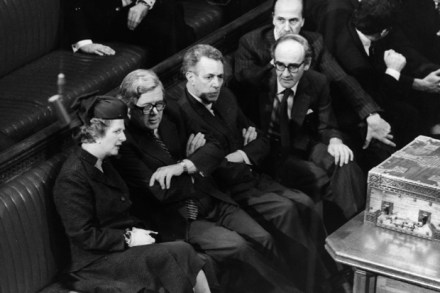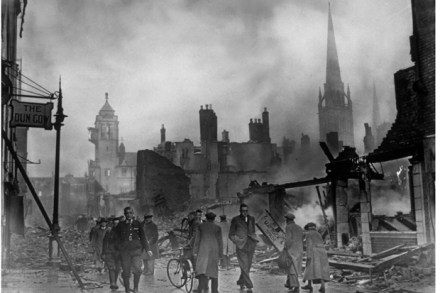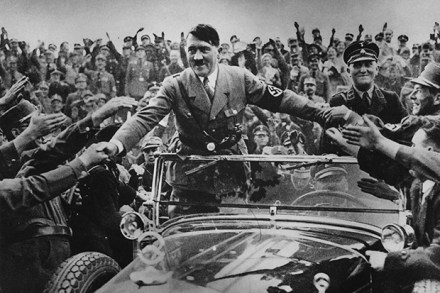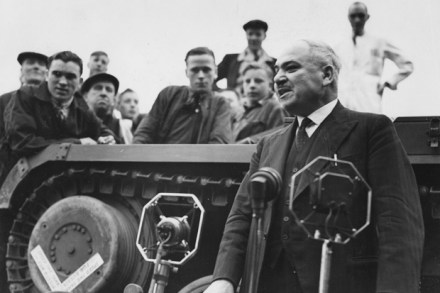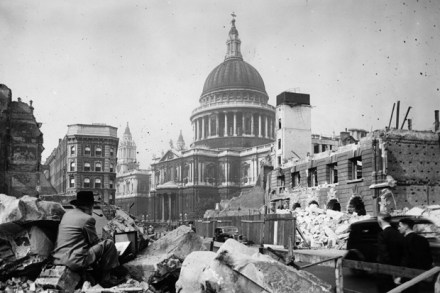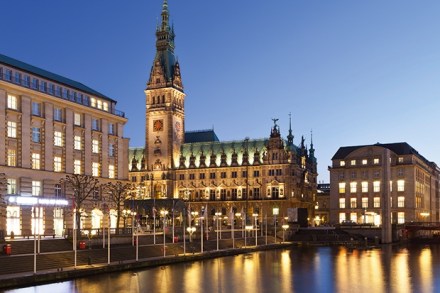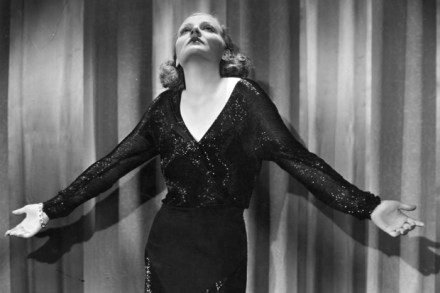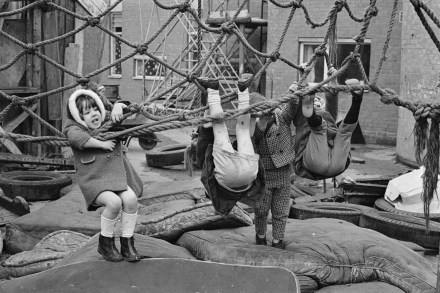It’s doomed!
The TV sitcom Dad’s Army ran on the BBC from 1968 to 1977 (nine series, 80 episodes) with repeats still running to this day (Saturday, BBC2, 8.25 p.m.) and I sometimes watch these repeats with my dad (92) and we laugh like idiots and I sometimes watch with my son (23) and we laugh like idiots and sometimes the three of us watch together (combined age 169, should that be of interest) and we all laugh like idiots but I was not minded to laugh like an idiot during this film, possibly because I was not minded to laugh at all. If it ain’t broke, don’t fix it, goes the
